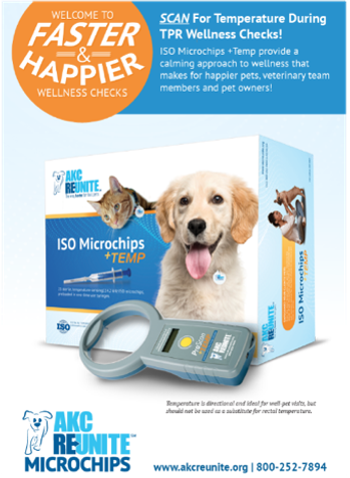
Direct and Indirect Contact Influence Disease Transmission Among Dairy Farms
Forms of direct and indirect contact influence the spread of disease among dairy farms.
Researchers in Northern Italy studied the roles of direct and indirect contact in disease transmission among dairy farms. Results of their study, recently published in PLoS Computational Biology, highlight the need for a deeper understanding of indirect forms of disease transmission.
Direct contact (animal movement) plays an important role in between-farm disease transmission. The role of indirect contact (e.g., movement of vehicles, equipment, personnel) in transmission of livestock diseases, however, remains largely unknown. Studying this role has proven challenging, given privacy concerns with tracking personnel movements, the difficulty of collecting adequate spatial and temporal quantitative data, and the inherent complexity and diversity of indirect contact.
In 2013, the authors evaluated direct and indirect contacts within a system of 1349 dairy farms in the Province of Parma in the Emilia-Romagna region of northern Italy. Direct contact data on individual cattle movement, as well as spatial coordinates of each farm, were obtained from a national bovine database. To evaluate disease spread on a larger scale, the authors expanded the data collection to include approximately 4500 regional farms between 2010 and 2013.
For indirect contact data, the authors obtained information on the visits of veterinary officers and veterinary practitioners to the farms within the province. Veterinary officer visits were for animal health inspections and disease surveillance. Veterinary practitioner visits were inferred using three datasets: drug prescriptions (each prescription required at least one farm visit), diagnostic samples, and on-farm inspections. The authors used these data to construct direct (cattle movement) and indirect (veterinary visits) contact networks.
To assess how direct and indirect contact contribute to disease transmission, the authors used data from a previous study reporting Mycobacterium avium subsp. paratuberculosis (MAP) status in dairy farms in the Emilia-Romagna region, including the Province of Parma. Approximately 2650 farms were included in this analysis.
The authors also sought to identify super-spreader farms—individual farms capable of spreading disease to many other farms within a system.
Study results demonstrated the contribution of indirect contact to between-farm disease transmission. Of note, infection potential was markedly higher within the indirect contact network than the direct contact network. The authors noted the possibility that farms receive veterinary visits far more frequently than they receive or deliver cattle, making indirect disease transmission more likely.
The direct and indirect contact networks were found to operate independently of each other, as reflected by the presence of only four shared super-spreader farms between the networks. According to the authors, this independence underscores “the need to account for both routes in the definition of contingency plans for the control of potential epidemics where indirect contacts represent an effective route of transmission.”
Network analysis revealed differences in the spatial distribution of MAP-positive farms: Indirect contact was associated with local spread of MAP, and direct contact influenced regional MAP spread. The authors suggested that the limited ranges of veterinary activity explain the role of indirect contact in local disease transmission; long-distance cattle movement could explain how direct contact spreads disease on a regional level. Notably, spatial clustering did not explain the distribution of MAP-positive farms, indicating that spatial proximity does not determine between-farm MAP transmission.
Given the study’s findings, the authors emphasized the need to identify indirect contacts and further understand their role in between-farm disease transmission. This increased understanding is critical, the authors wrote, “to effectively tackle…some of the most devastating threats to the modern livestock industry, above all, foot-and-mouth disease and avian influenza.”
Dr. Pendergrass received her doctorate in veterinary medicine from the Virginia-Maryland College of Veterinary Medicine. Following veterinary school, she completed a postdoctoral fellowship at Emory University’s Yerkes National Primate Research Center. Dr. Pendergrass is the founder and owner of JPen Communications, LLC.
Newsletter
From exam room tips to practice management insights, get trusted veterinary news delivered straight to your inbox—subscribe to dvm360.





